Powhumus Humic Acid
1,450,000 تومان
It is a high-quality, concentrated humic acid that is 100% water-soluble and contains 85% potassium humate. As a plant growth stimulator and soil conditioner, it is suitable for use on field and orchard crops, fruit trees, ornamental plants, lawns, and pastures through both soil application and foliar spraying.
Description
Powhumus Humic Acid 85% WSG – German Product:
Powhumus is a high-quality, concentrated, and 100% water-soluble humic acid containing 85% potassium humate. It serves as a plant growth stimulant and soil conditioner, suitable for agricultural crops, fruit trees, ornamental plants, lawns, and pastures. It can be used both through soil application and foliar spraying.
This compound is a permanent humus that is non-degradable. (Degradation typically occurs rapidly by soil microorganisms).
Powhumus German humic acid can be used alone or in combination with most fertilizers and micronutrients.
Components of Powhumus:
Humic Acid = 80-85%, Potassium = 10-12%, Organic Nitrogen = 1%, Iron = 1%, Dry Matter = 85-90%.
Origin of Powhumus:
It is a concentrated humic acid extracted from high-quality Leonardite rocks found in Germany. Humic acid is an organic compound formed by the natural decomposition of organic materials, especially dead plants in soil, coal, and peat.
Applications of Humic Acid in Agriculture
Soil Quality Improvement
One of the most important applications of this acid is improving soil quality. By using this substance, the physical, chemical, and biological properties of the soil can be improved.
Increase in Soil Fertility: Humic acid increases soil fertility by enhancing nutrient retention capacity and improving soil structure.
Improvement of Growth Conditions: By improving water retention capacity and aeration, the growth conditions for plants are enhanced.
Enhancing Growth and Productivity
Humic acid helps to enhance plant growth and increase crop productivity. By supplying essential nutrients and improving soil conditions, plants grow more effectively and produce better yields.
Increased Plant Performance: Using this acid leads to improved plant performance and higher yields.
Improved Quality of Products: This acid helps improve the quality of agricultural products, including taste, size, and color.
Reducing the Need for Chemical Fertilizers
By using humic acid, the need for chemical fertilizers can be reduced. This substance acts as a natural nutrient absorber and can help reduce the consumption of chemical fertilizers and associated costs.
Cost Reduction: Lower dependence on chemical fertilizers reduces agricultural costs.
Environmental Protection: Reduced use of chemical fertilizers helps lower environmental pollution and promotes soil health.
Use in Irrigation Systems
Humic acid can be applied through irrigation systems to improve efficiency and reduce water consumption. It helps improve water distribution in the soil and enhances water-use efficiency.
Improved Water Distribution: Humic acid facilitates uniform water distribution by enhancing soil structure.
Increased Water Use Efficiency: By increasing water retention capacity, this acid helps reduce water consumption and increases water-use efficiency.
Benefits of Powhumus:
Humic acid Powhumus is a growth stimulant and a soil conditioning agent, particularly effective for sandy and clay soils. This product can be used for all types of agricultural and horticultural plants. Powhumus can also increase the efficiency of fertilizers and reduce costs.
The general benefits of using Powhumus are as follows:
✅ Plant growth stimulant through mass biomass production
✅ Increased crop yield and improved plant quality
✅ Increased efficiency and impact of fertilizers and reduced leaching of nitrates and nutrients
✅ Improved soil structure and water retention capacity in soil
✅ Stimulating beneficial microorganisms and increasing their population
✅ Stimulating plant enzymes
✅ Promoting root development and increasing iron absorption by microorganisms
✅ Enhanced seed germination and root development of plants
✅ Increased permeability of root cell membranes and nutrient absorption
✅ Reduces herbicide residues and toxic substances in soil
✅ Acts as a natural chelator for micronutrients in alkaline soils, enhancing their accessibility to plants
✅ Reduces stress caused by drought and the use of pesticides
✅ Prevents soil crusting, which causes root cutting and rapid moisture loss from the soil, ensures oxygen supply to plants and improves nutrient uptake.
Powhumus Application Method:
The best method of application is through the irrigation system.
In soil (drip irrigation): Normally, apply 2-3 kg per hectare annually and increase the dosage to 3-4 kg in sandy soils.
It is recommended to apply this product in smaller doses more frequently.
These substances can be mixed with other soil conditioners such as peat moss, sand, and compost to increase biological activity at a rate of 200-400 grams per cubic meter.
Foliar Application (Rain Irrigation): Mix 200 grams of Powhumus with 1000 liters of water. If desired, the fertilizer can be mixed with pesticides or other fertilizers and applied 2-4 times per plant via foliar spraying.
Time and Dosage of Powhumus for Trees:
Citrus: Before flowering (bud swelling), appearance of young leaves, fruit setting
15-30 days before harvesting, first apply 1-2 kg of Powhumus through irrigation, then 15 days later, foliar spray 200 grams in 1000 liters of water per hectare during each growth stage.
Vegetable Crops (Tomato, Cucumber, Eggplant, Onion, Watermelon, Melon, etc.): After transplanting, before flowering, and after fruit formation
Every 15 days, foliar spray 200 grams in 1000 liters of water per hectare during each growth stage.
Pome Fruits (Apple, Pear, Quince): After petal drop, when the fruit reaches the size of a nut, and up to one month before harvesting
First, apply 1-2 kg of Powhumus through irrigation, then every 15 days, foliar spray 200 grams in 1000 liters of water per hectare during each growth stage.
Stone Fruits (Peach, Plum, Cherry, Apricot, Olive, etc.): From fruit setting to one month before harvest
First, apply 1-2 kg of Powhumus through irrigation, then every 15 days, foliar spray 200 grams in 1000 liters of water per hectare during each growth stage.
Grapes: Before flowering, after fruit formation, during berry development, and after berry ripening
Every 15 days, foliar spray 200 grams in 1000 liters of water per hectare during each growth stage.
Time and Dosage of Powhumus for Crops:
Wheat and Barley: Sowing, stem elongation, ear formation, and grain filling
Every 15 days, foliar spray 200 grams in 1000 liters of water per hectare during each growth stage.
Oilseeds (Soybean, Sunflower, and other oilseeds): Seed sowing, early flowering, post-flowering, and pod formation
Every 15 days, dissolve 200 grams in 1000 liters of water and apply it in one hectare during each growth stage.
Legumes (Lentils, Chickpeas, Beans, etc.): Seed sowing, 5-6 leaf stage, before flowering, and pod formation
Every 15 days, foliar spray 200 grams in 1000 liters of water per hectare during each growth stage.
Potatoes: Tubers planting, hilling, pre-flowering, and post-flowering
Every 15 days, dissolve 200 grams in 1000 liters of water and apply it in one hectare during each growth stage.
Cotton: Seed sowing, 6-8 leaf stage, flowering, and boll formation
Every 15 days, foliar spray 200 grams in 1000 liters of water per hectare during each growth stage.
Sugar Beet: Seed sowing, 6-8 leaf stage, 8-10 leaf stage, and 16-18 leaf stage
Every 15 days, foliar spray 200 grams in 1000 liters of water per hectare during each growth stage.
Alfalfa: Seed sowing, after each harvest
Every 15 days, foliar spray 200 grams in 1000 liters of water per hectare during each growth stage.
Forage and Grain Corn, Sorghum, Clover: Seed sowing, 4-6 leaf stage, 40-50 cm height, male flower emergence, female flower emergence, and grain filling
Every 15 days, foliar spray 200 grams in 1000 liters of water per hectare during each growth stage.
Purchase and Price of Powhumus:
For purchasing and more information about this special product, contact us:
📞 09117286307
Dehkadesabze-Shomalgan Plant Pharmacy

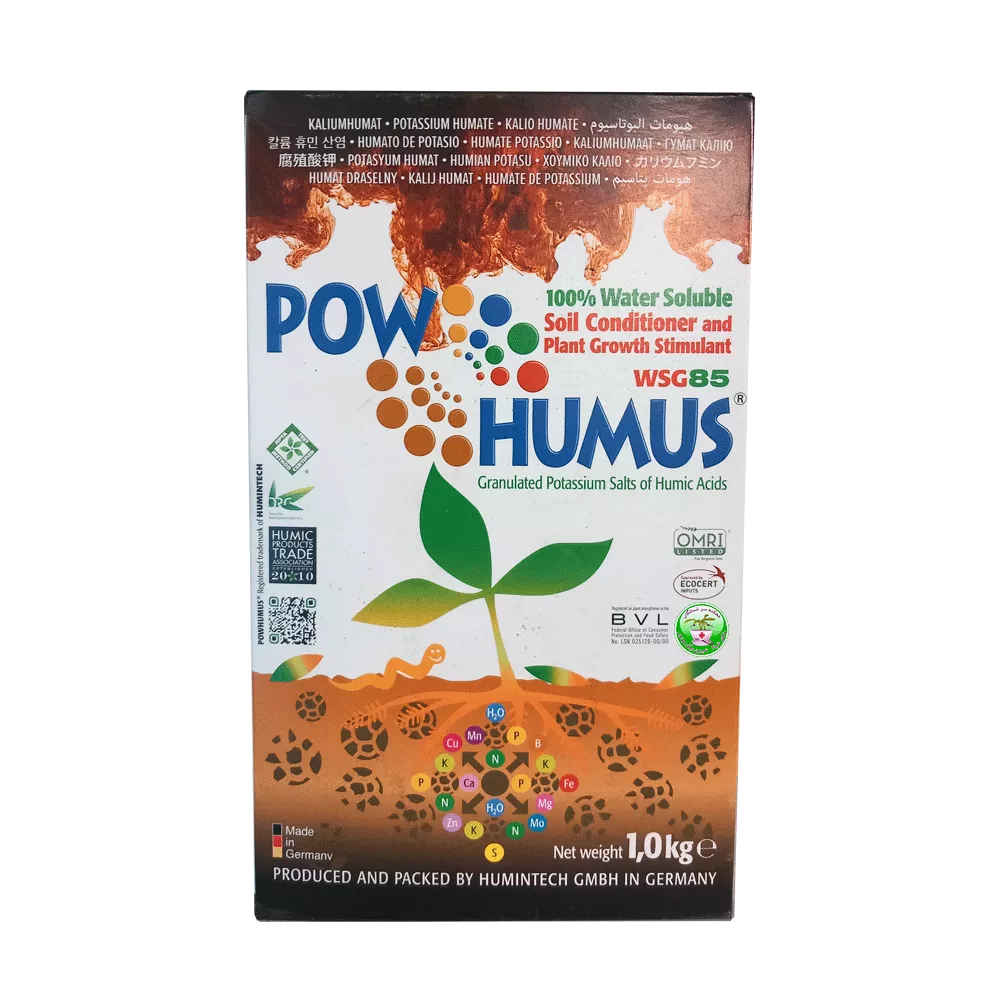
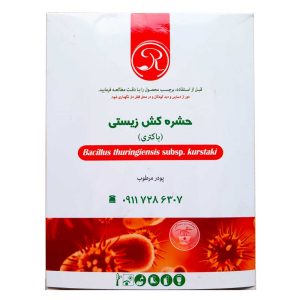
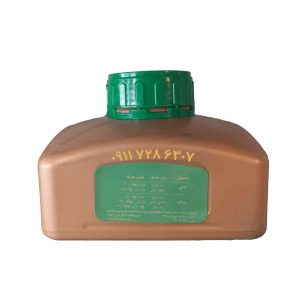
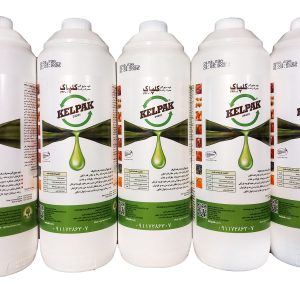
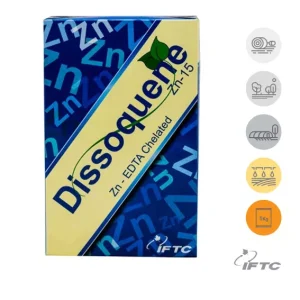
Reviews
There are no reviews yet.